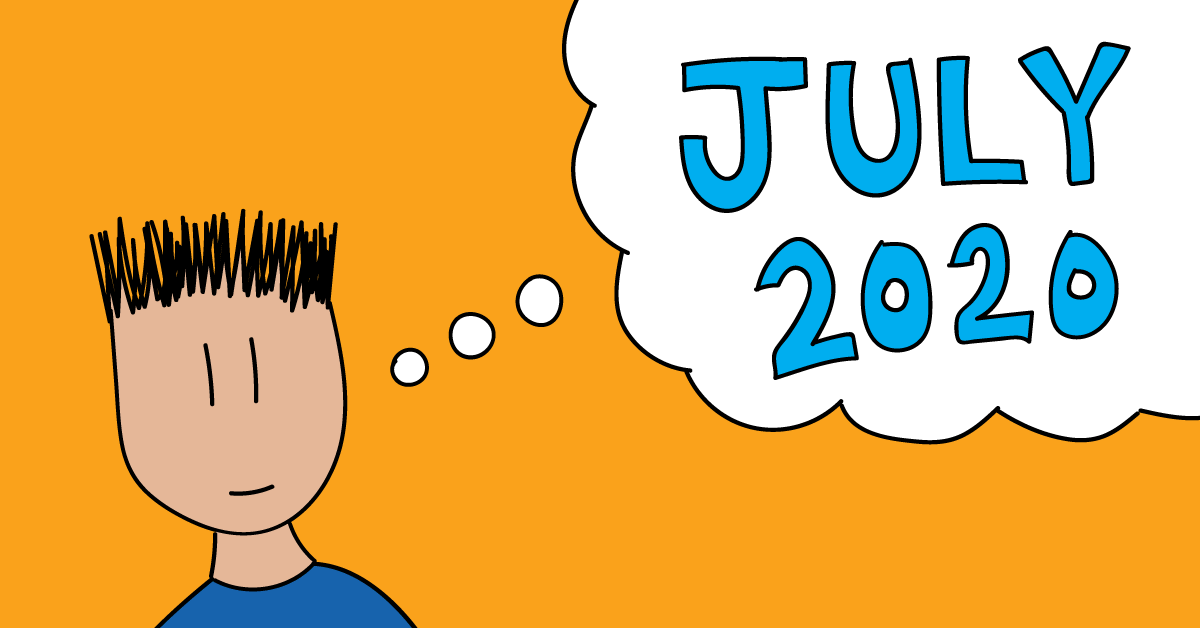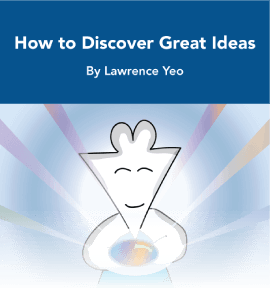Reflections on July 2020
Hey patrons,
Well, July is coming to an end. Hope the past month has treated you well, and that you’re ready to face the challenges and embrace the joys that are up ahead.
It’s monthly reflection time, which means that I’d like to share some thoughts I’ve had recently. Let’s get right into it.
(1) The pursuit of the question is far more interesting than the answer
I remember the days when my friends and I would guess what our favorite basketball player’s season stats were for a given year, and then argue against each other’s stance for a good hour or so. This was made possible by the fact that we simply couldn’t know what that player’s actual points per game were because we had no access to that information. If ESPN wasn’t showing us the statistic at that particular moment, we had no way of checking whether or not our claims were accurate.
This veil behind the answer is what allowed us to take a position, and then articulate to one another why we believed that position was true. If I thought that Michael Jordan was scoring 35 points per game in the 1997-98 season, then I had to provide my reasoning for why I believed so. Maybe it was because the other players weren’t pulling their weight that season, so he had to make it all up himself. Or perhaps he went hard in the offseason, which took his game up a few notches.
The only reason I had to think through all this was because I didn’t know the actual answer. I had to use whatever assumptions I had, link them together to provide a loose framework behind my guess, and articulate it accordingly.
But today, all the information we need is available at a moment’s notice. Unless we agree to put our phones down for the next hour, you will tell me exactly how many points per game Jordan scored in the 1997-98 season within the next few seconds.
This instantaneous access to answers may be convenient, but it prevents us from constructing our own models from the ground-up to arrive at an estimation of reality. If everything we ponder has an answer that can be found at a moment’s notice, we get in the habit of asking just one question, and being satisfied with the response we find. We don’t delve deeper to see what else there could be, and how our initial question can link to other questions that help us get closer to a solution.
This is why the things that are worth pondering have no concrete answer. Questions about the meaning of life, how one determines purpose, how to deal with the inevitability of death, our ever-evolving relationship with money… all these things can’t be resolved with a Google search or by yelling at Siri / Alexa.
Curiosity is driven by our desire to find an answer, but the purest form of curiosity is understanding that any answer is just a follow-up node to another question. This continual chain of questions, ironically enough, is the answer to the things we care about most. So never stop asking questions, because that pursuit is what ultimately derives meaning.
(2) There are so many things you can work on, but just narrow it down to the most important thing
I’ve been working on More To That full-time for a little under a year now (around September of last year is when I buckled down with a more regular schedule), and the blog has grown since then. I’ve had more opportunities to connect with interesting people, to engage with readers, and to see my work reach all kinds of cool places.
But here’s something that hasn’t changed since then:
The one thing that matters most is creating great posts.
I can spend a ton of time building email marketing funnels, optimizing my website to be a little faster, and growing an audience on social media. Sure, all those things may help with overall growth, but the core of everything comes to the time I spend writing and drawing posts that are helpful, entertaining, or insightful. Without that, this whole endeavor wouldn’t go anywhere.
I keep this in mind whenever I find myself trying out some new productivity tool or researching something like SEO. Yes, it’s good to be informed about these things, but are they taking away from the one thing that truly matters? Are these tools helping me create good content, or are they just distractions? The line is much blurrier than you might think.
I wrote a bit about productivity before, but I’ve come to realize that the best productivity habits are the simplest ones. I don’t need a meticulously designed task list to remind me to sit down and write. No, I can block out some time each day and just do it. Instead of staying up until 2 AM learning about a productivity tool, just getting 7-8 hours of good sleep will do far more for me than any note-taking app will ever accomplish. Same goes for exercising everyday.
As more options to one’s workflow are introduced, the easier it is to get distracted from the one thing that matters. For me, it’s about creating posts. For you, it could be writing code. Or recording interviews. Whatever it is, there’s that one thing that holds the whole endeavor together. Focus on that, and everything else will eventually fall into place.
(3) On the linearity of time vs. the fluidity of attention
At home I have a Chromecast set up that cycles through some pictures I have synced up to my Google Photos account. Sometimes my wife and I will chill out on the couch and just watch these photos fade in and out, cycling through various moments of life in the process.
Every now and then, an old family picture would surface, and I’d see a 5-year-old version of myself smiling back at the camera. Most of the time I just laugh with my wife at the ridiculous things I’m wearing or doing, but sometimes I look at it and think, “Wow, is that really me??”
The answer, of course, is yes, but that kid on the screen could just as well be a whole another person. Not only do I barely remember anything at that age, but aside from some physical similarities, there is nothing about who I am today that could relate to that 5-year-old on the screen. Yet if we draw out time from Point A to Point B, each moment of my life is continuous along the spectrum that spans from my birth to the present day.
When we recount the story of our lives, we tend to use time as the barometer, largely because it is the one thing that feels continuous. But at what point in time do we cease being a prior version of ourselves, and start becoming something more relatable to who we are today? The answer doesn’t seem to be one’s age, although it’s the only thing we can point back to when we spin up narratives of ourselves.
Perhaps a better measure of continuity is the way we use our attention. Time implies constancy, whereas attention is fluid. One hour in 1990 is the same duration as an hour in 2020, but the things I paid attention to during that hour changed dramatically. The objects of attention were so far removed that it feels like two different people occupied those places in time.
Even as recent as five years ago, I was paying attention to vastly different things than I am now. Time may connect those identities, but attention reveals that things have changed quite dramatically between those two frames.
While the linearity of time makes things sensible, it is the fluidity of attention that makes us feel when new chapters are being started. Sometimes we can only be made aware of this with the benefit of hindsight, but distinguishing between the two goes a long way when we think of how we’ve progressed over the years.
______
That’s it for this reflection. If you’d like to share any thoughts, feel free to message me on Patreon. I enjoy connecting with you all, so know that my inbox is open =).
Thanks, and enjoy the upcoming weekend!
-Lawrence


